
In Jason Reeves’ article Plants That Bloom in Late Winter or Early Spring, he discusses how plants that bloom during the coldest time of the year, often go underappreciated:
“Some of these plants are common but often overlooked at nurseries because they are not in bloom when most people are shopping for plants in late spring or early summer. Others are more obscure and will take some searching to find. But each one of these early bloomers will bring life to garden beds at a time of year when it is most appreciated.”
If you think your late winter and early spring garden can only enjoy the interest of evergreens, colorful twigs, and interesting bark, think again. Find late-winter and early-spring bloomers for the Northeast below. And find even more early risers in Jason’s article.
1. ‘Silver Ghost’ lacebark pine
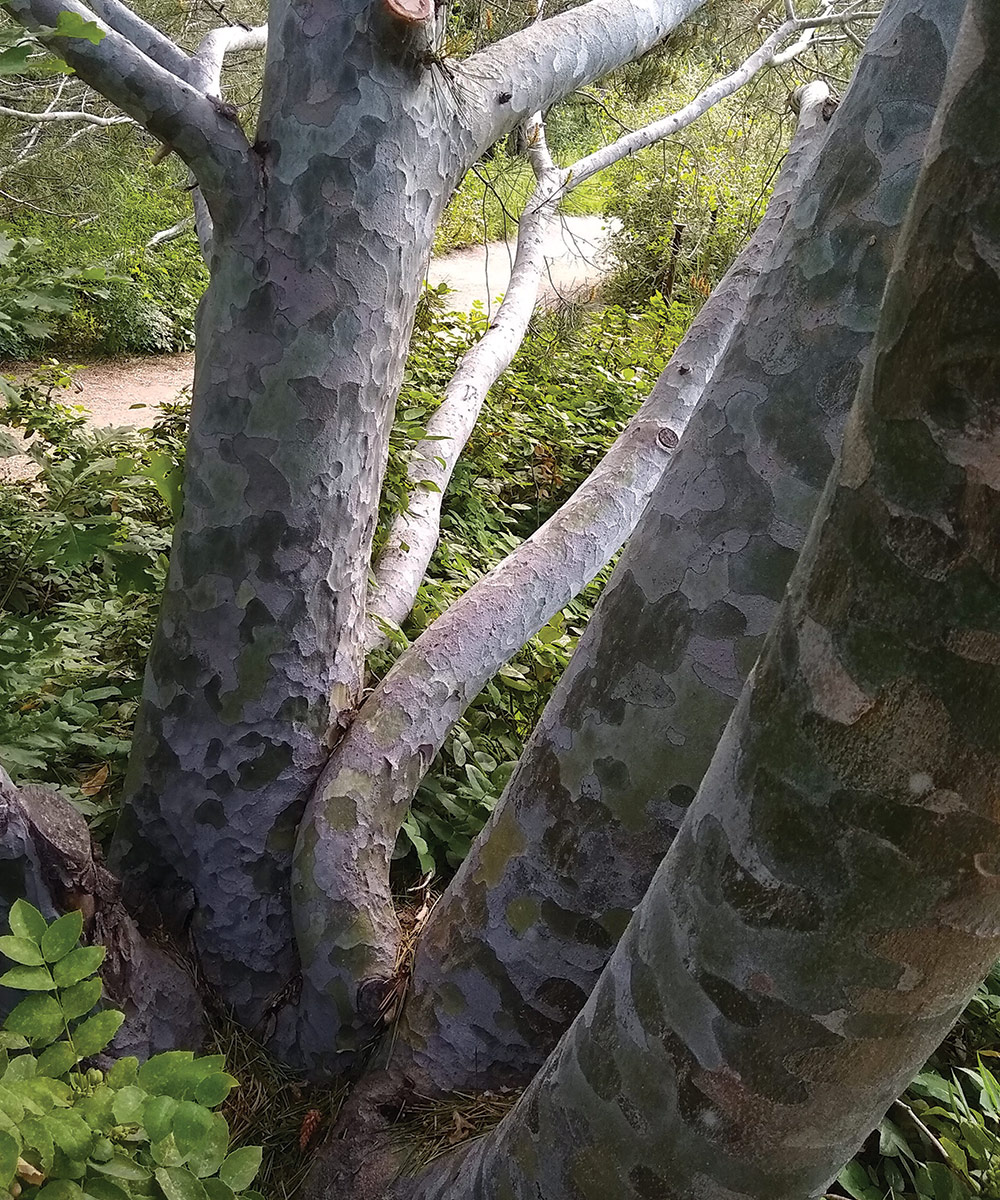
Name: Pinus bungeana ‘Silver Ghost’
Zones: 4–7
Size: 30 to 50 feet tall and 20 to 30 feet wide
Conditions: Full sun; average, well-drained soil
Native range: Western China
I first saw this amazing cultivar at the Chadwick Arboretum at The Ohio State University. I remember spotting a multitrunked tree in the distance and thinking it was an overgrown mugo pine (Pinus mugo, Zones 3–7) with sawfly damage. But as the multicolored, exfoliating bark came into focus as I approached, my mind was blown. A wondrous mosaic of near-white blocks was exposed where the thin gray bark had peeled away from the trunks. ‘Silver Ghost’ lacebark pine was selected a stone’s throw away from there at the Dawes Arboretum, where it stood out as a young tree from a sea of other pines in a wintertime assessment. In late fall to early spring, its bark can really provide some interest in a season when much of the garden is stagnant.
2. ‘Pallida’ Chinese witch hazel
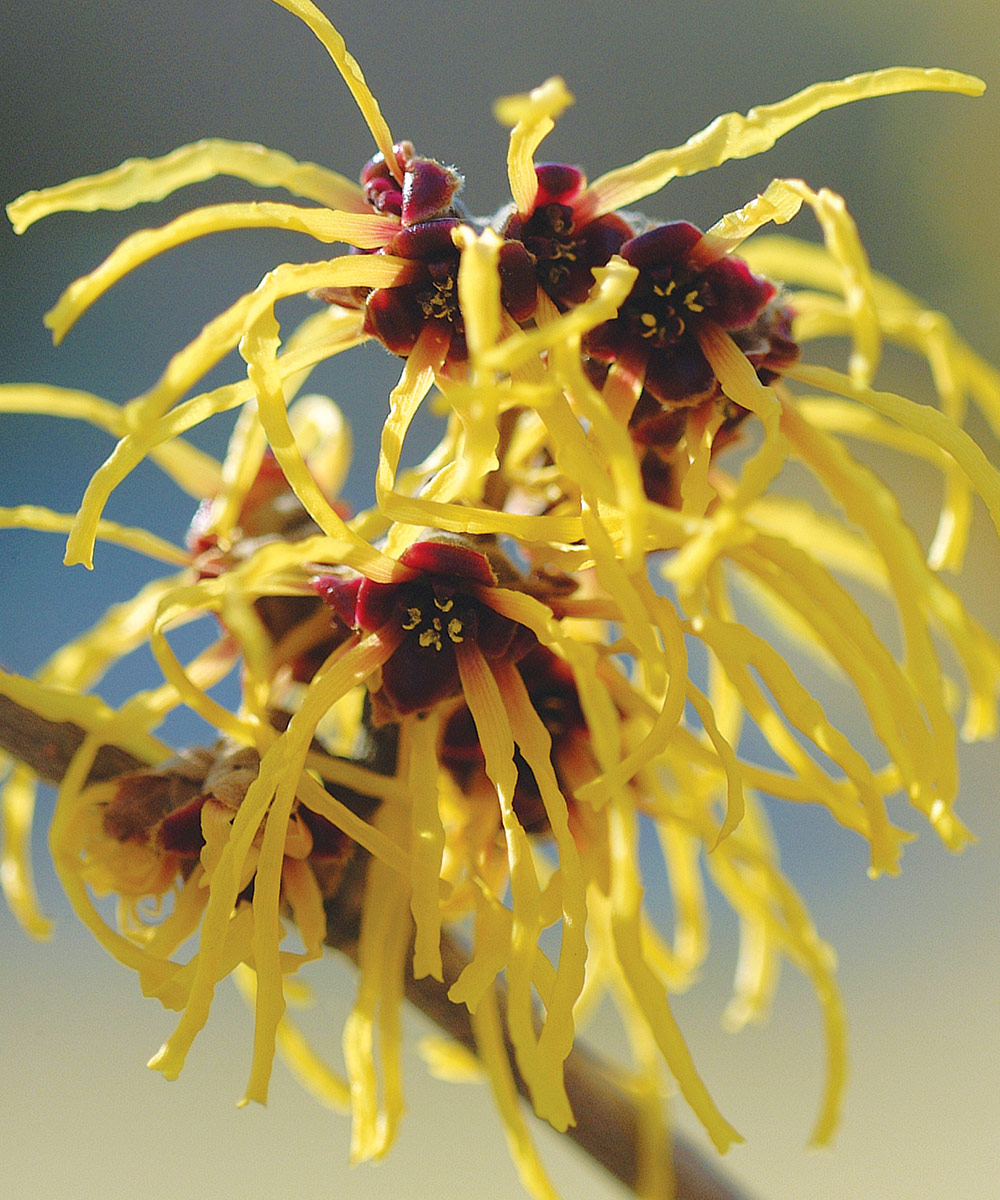
Name: Hamamelis × intermedia ‘Pallida’
Zones: 4b–8
Size: 9 to 12 feet tall and wide
Conditions: Full sun to partial shade; well-drained soil
Native range: Hybrid
Have you ever had the breakfast cereal Froot Loops? Brightly colored and scented rings, with a big toucan on the front of the box? This hybrid shrub of East Asian descent conjures memories of my childhood breakfasts with those garish artificial colors and flavors. Soon after the new year, February in Maine, this plant comes into bloom to excite the senses. Bright yellow petals unfurl from inconspicuous buds and then explode into the winter landscape with twisting forms and fruity perfume. From a distance, this splash of yellow is wonderful at brightening a typically gray season. ‘Pallida’ has zigzag branches that form a broad vase shape. Soft, ovate foliage graces this plant in the growing season, and it can provide a hint of the winter display ahead with its golden-yellow fall color.
3. Purple hellebore

Name: Helleborus purpurascens
Zones: 4–8
Size: 1 foot tall and wide
Conditions: Partial to full shade; rich to average, well-drained soil
Native range: Hungary, Poland, the Balkans
The height of fashion these days in the hellebore world seems to be large-flowered hybrids with boisterous colors and massive, coarse green foliage. While they are wonderful and very showy in their own right, there is something to be said for the wild species from which they are derived. Perhaps my favorite of all the species is purple hellebore, which is smaller and more subtle in all respects. The flowers of this beauty are half that of the new named strains you can find in shiny catalogs, and the blooms quietly hang bell-shaped, rather than outward-facing to greet the world with petals reflexed. The blossom color is variable in nature, ranging from chartreuse to a smoky gray-purple. The wonderfully narrow foliage is dissected, with each leaflet divided into five or six toothy, fingerlike segments.
4. Amur adonis
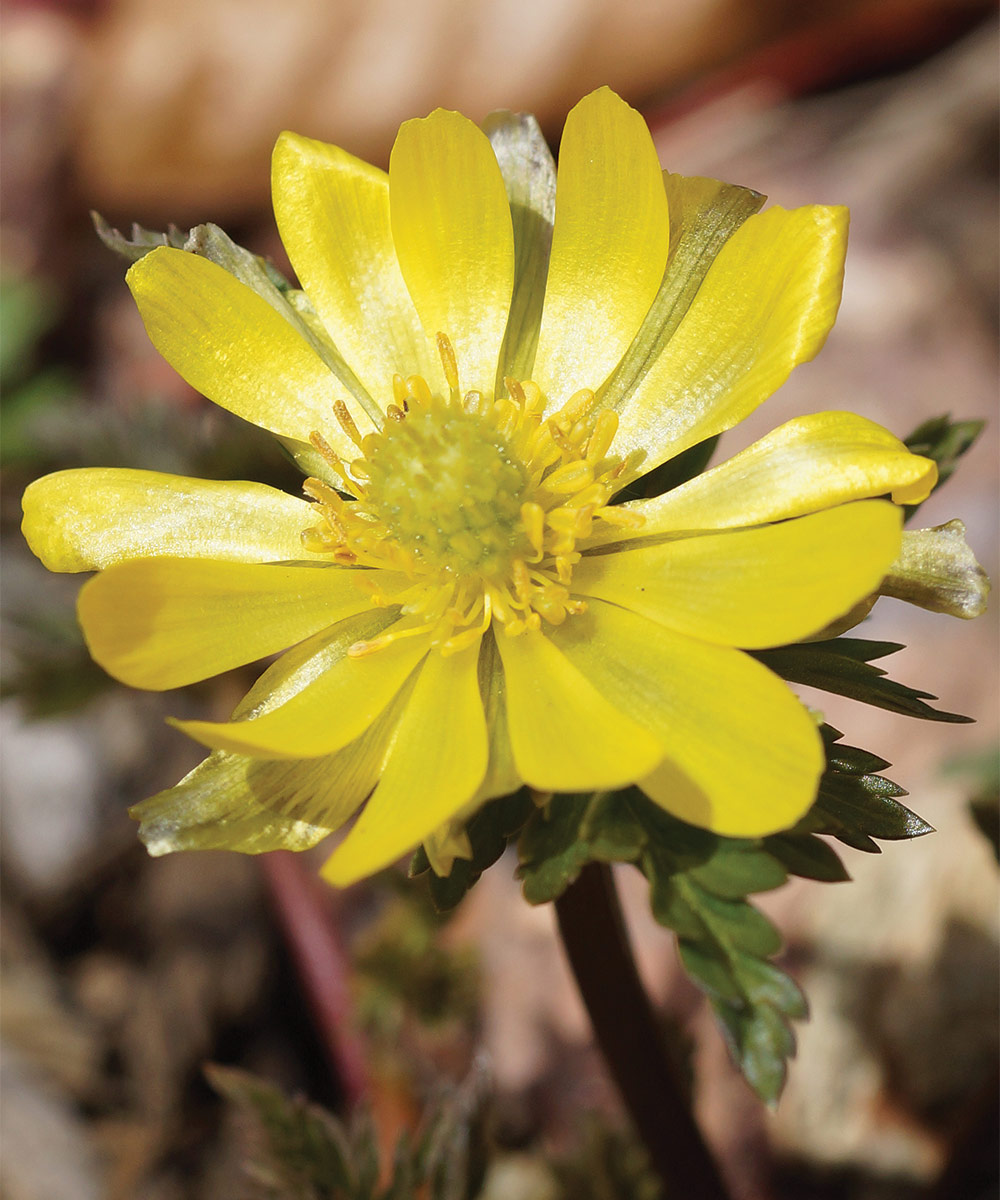
Name: Adonis amurensis
Zones: 3–7
Size: 8 inches tall and 15 inches wide
Conditions: Partial to full shade; moist, rich soil
Native range: China, Japan, Korea, eastern Russia
After a long, white winter in Maine, any sign of life is much appreciated. This East Asian denizen is one of the first plants to greet me—often through the snow! Shining, yellow blooms rise with the sun in very early spring, resurrected after a long sleep like this plant’s namesake, Adonis. The flowers, about the size of a quarter, are borne above splendid feathery, dissected foliage. In a partial shade setting, Amur adonis flashes its handsome face about half a foot above the soil. It is slow to colonize and is not a thug like some of its cousins. As the Greek history goes, Adonis’s time upon earth each year is short, as will be the duration of this perennial’s season if conditions become too dry. Moist soil is needed to keep the foliage going, but this plant usually goes dormant before summer arrives.
Daniel Robarts is a horticulturist at Coastal Maine Botanical Gardens in Boothbay, Maine.
Fine Gardening Recommended Products

DeWalt Variable-Speed Cordless Reciprocating Saw

DeWalt Variable-Speed Cordless Reciprocating Saw with 6-Piece Saw Blade Set




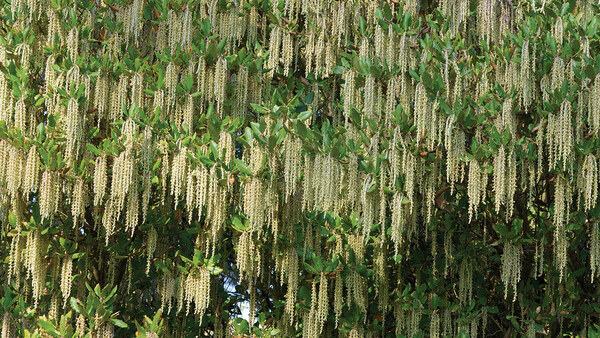

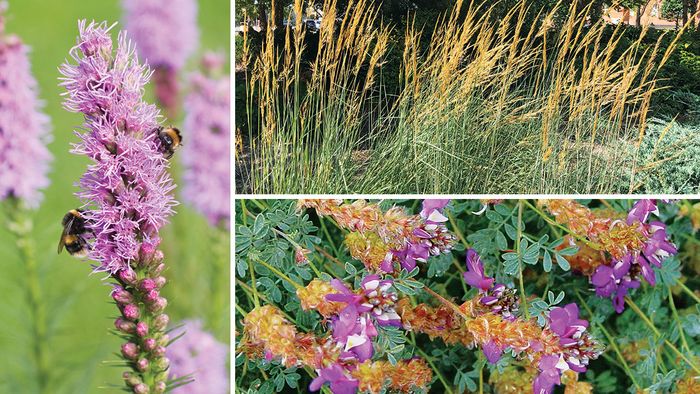

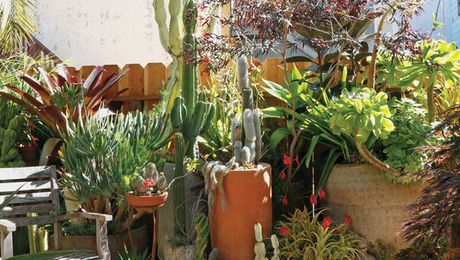









Comments
Log in or create an account to post a comment.
Sign up Log in